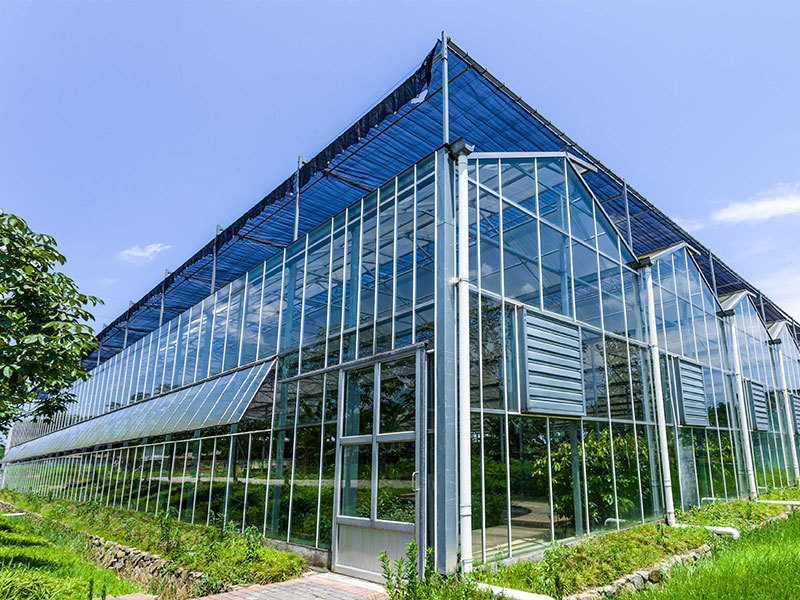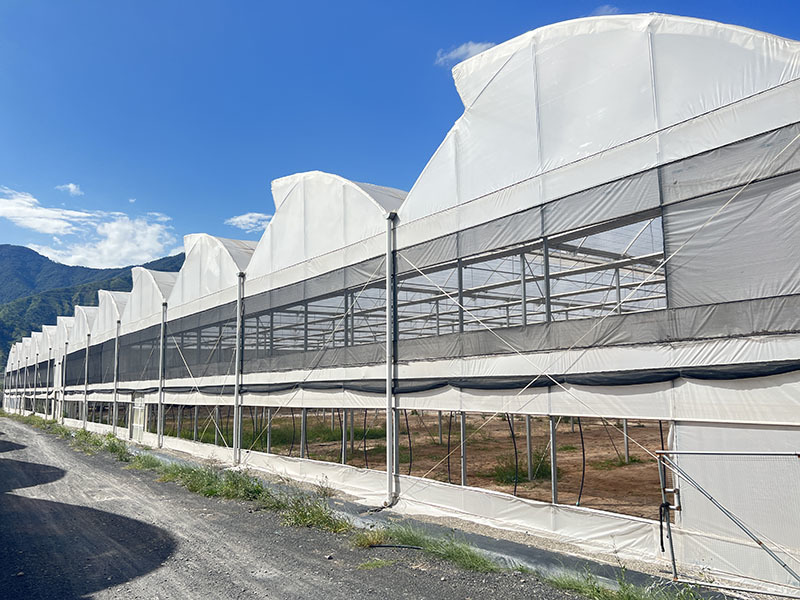






Inside and outside shading equipment
If you need customized products, Contact US !
Category
Tag list
- 产品描述
-
Pull Screen Gear (A Type)

Parameter
F(N) M(NM) M(kg) 450 27.5 2.1 Reduction ratio 1=1.8:1 Rack stroke per rebolution 79mm 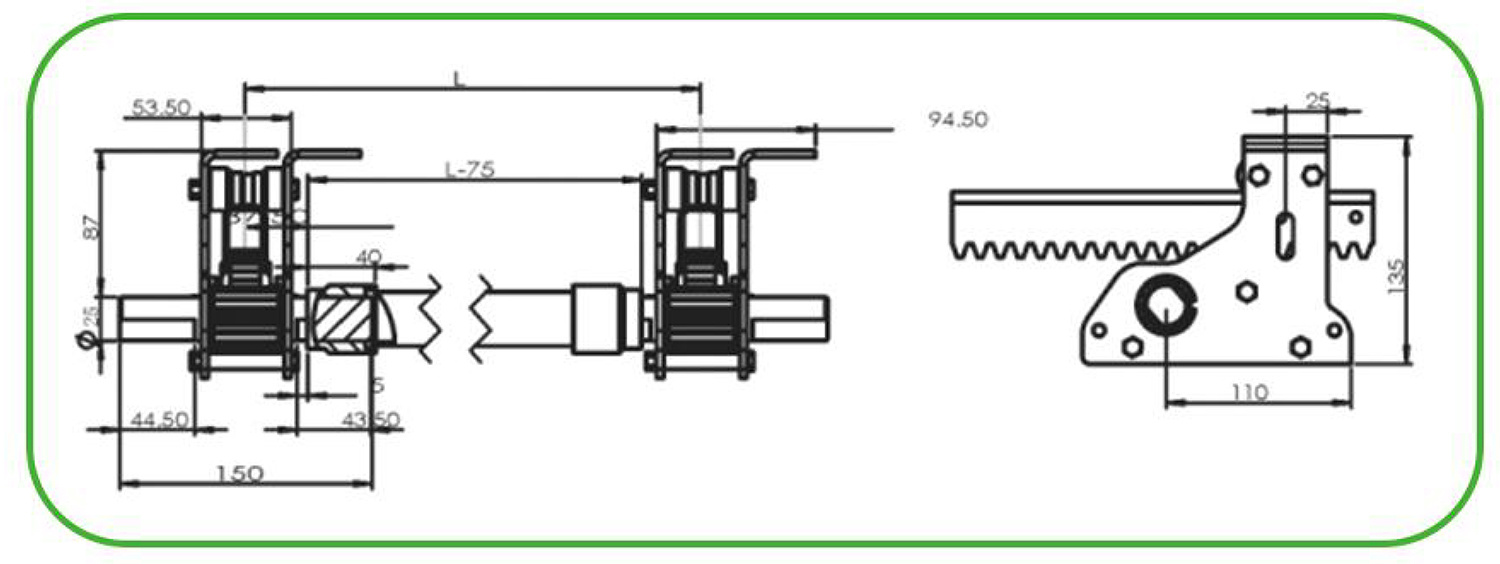
System distribution
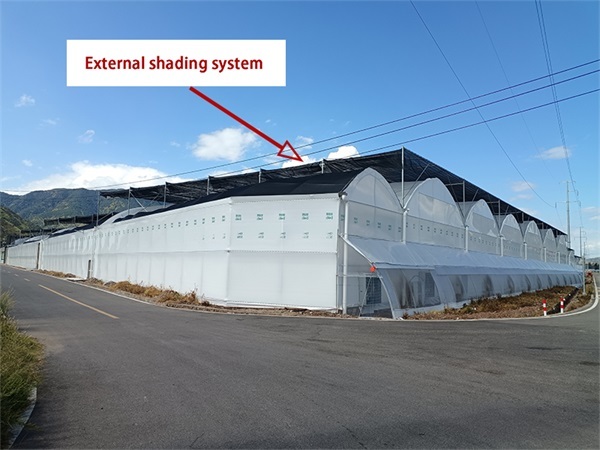
External shading
The function of external shading:
1. Blocking strong light: External shading is located on the outside of the top of the greenhouse and can block most of the strong light before it directly reaches the greenhouse. It can flexibly adjust the degree of shading according to different seasons and light intensities, providing suitable light conditions for the greenhouse. For instance, during the intense summer sunlight, external shading can reduce the light intensity to a suitable range for crops, preventing them from growing poorly due to excessive light.
2. Heat insulation and cooling: One of the main functions of external shading is heat insulation, which can effectively reflect and absorb solar radiation heat and prevent heat from entering the greenhouse interior. In the hot summer, external shading can lower the internal temperature of the greenhouse by 3 to 5 degrees Celsius or even more than when there is no shading, creating a relatively cool growth environment for crops and helping to alleviate the stress of high temperatures on crops.
3. Prolonging the service life of facilities: External shading can reduce the direct exposure of sunlight to the greenhouse film or other covering materials, slow down the aging speed of the materials, and thus extend the service life of the greenhouse facilities. Long-term exposure to sunlight can gradually make the film brittle and break, while external shading can effectively reduce this damage, lowering the maintenance cost and replacement frequency of the facilities.
4. Energy conservation: As external shading can lower the temperature inside the greenhouse, it reduces the frequency and duration of use of ventilation and cooling equipment as well as air conditioners and other refrigeration devices, thereby achieving the goal of energy conservation. In some large greenhouses, this can significantly reduce operating costs and achieve the effect of energy conservation and emission reduction.Inner shading
The function of internal shading
1. Adjusting light: The internal shading system usually uses materials such as shading nets or shading fabrics, which can evenly scatter the light entering the greenhouse without affecting the overall structure and lighting of the greenhouse. This can prevent crops from being exposed to overly strong direct light, avoid leaf scorching, and at the same time ensure that crops can receive sufficient scattered light, which is conducive to the progress of photosynthesis.
2. Lowering temperature: Internal shading can effectively prevent some heat from entering the greenhouse, reducing heat accumulation inside the greenhouse. When sunlight shines on the shading material, part of the heat is absorbed and reflected by the shading net, reducing the extent of the temperature increase inside the greenhouse. In addition, internal shading can also reduce the loss of heat from the greenhouse to the outside at night, playing a certain role in heat preservation and helping to maintain the relative stability of the temperature in the greenhouse both day and night.
3. Regulating humidity in the greenhouse: By adjusting the amount of sunlight entering the greenhouse through shading nets, the humidity inside the greenhouse can be reduced to a certain extent. When the humidity inside the greenhouse is too high, appropriately reduce shading to allow more sunlight to enter and increase the temperature inside the greenhouse to accelerate water evaporation and dehumidification. When the temperature is too high and the humidity is too low, increase shading, reduce direct sunlight, lower the temperature, prevent plants from losing water due to excessive transpiration, and maintain an appropriate humidity inside the greenhouse.
4. Protecting crops: It can provide a suitable growth environment for some crops that are sensitive to light and temperature, preventing them from being harmed by strong light and high temperature, which is conducive to improving the quality and yield of crops. For instance, when growing leafy vegetables such as lettuce and spinach in summer, internal shading can effectively reduce the intensity of light and temperature, making the vegetable leaves more tender and of better quality.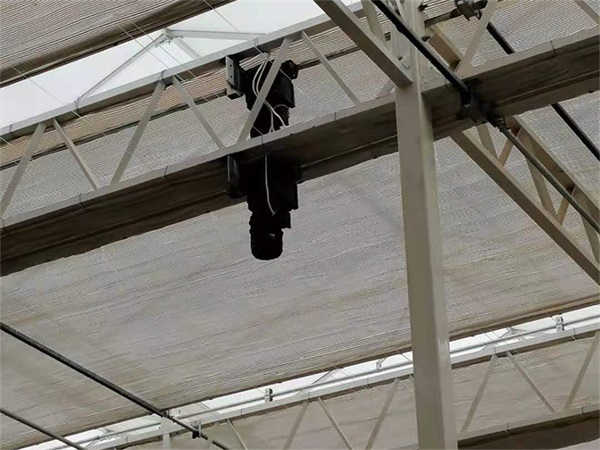
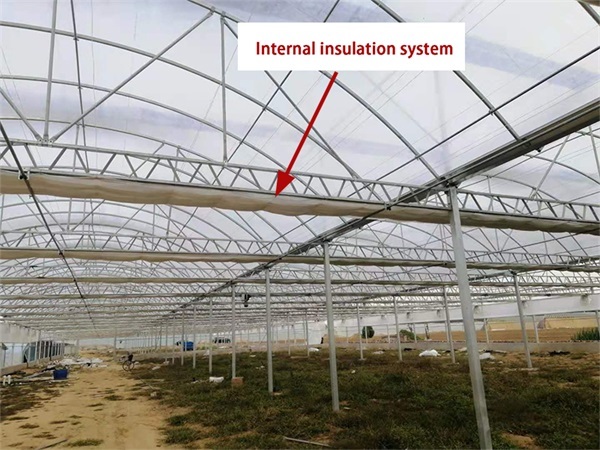
Internal insulation
Heat preservation in greenhouses is one of the core links in greenhouse environmental regulation, playing a crucial role in multiple aspects such as crop growth, yield and quality, as well as production benefits. It can extend the growth cycle of crops, break through seasonal restrictions, enable crops to be brought to market earlier or later, and achieve off-season production.
Greenhouse insulation is achieved through physical barriers, heat storage, artificial intervention and other means to create a stable warm and hot environment. Its core value lies in breaking through climate limitations, ensuring crop growth and improving production efficiency. In practical applications, it is necessary to combine local climatic conditions (such as emphasizing thick wall insulation in high-latitude regions and focusing on preventing short-term low temperatures in winter in low-latitude regions), crop types (warm-weather crops require higher insulation standards) and economic costs to select personalized insulation solutions, so as to achieve the dual goals of energy conservation and increased production.Pull Screen Gear


Inside and outside shading equipment
If you need customized products, Contact US !
Category
Tag list
Request a Quote
We will contact you within one working day. Please pay attention to your email.
Related Products








